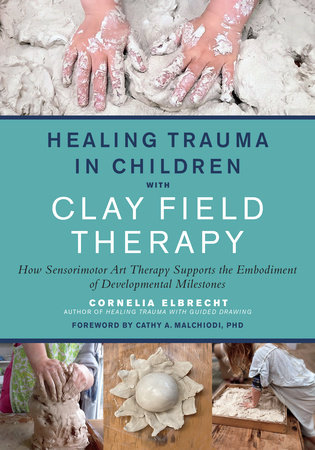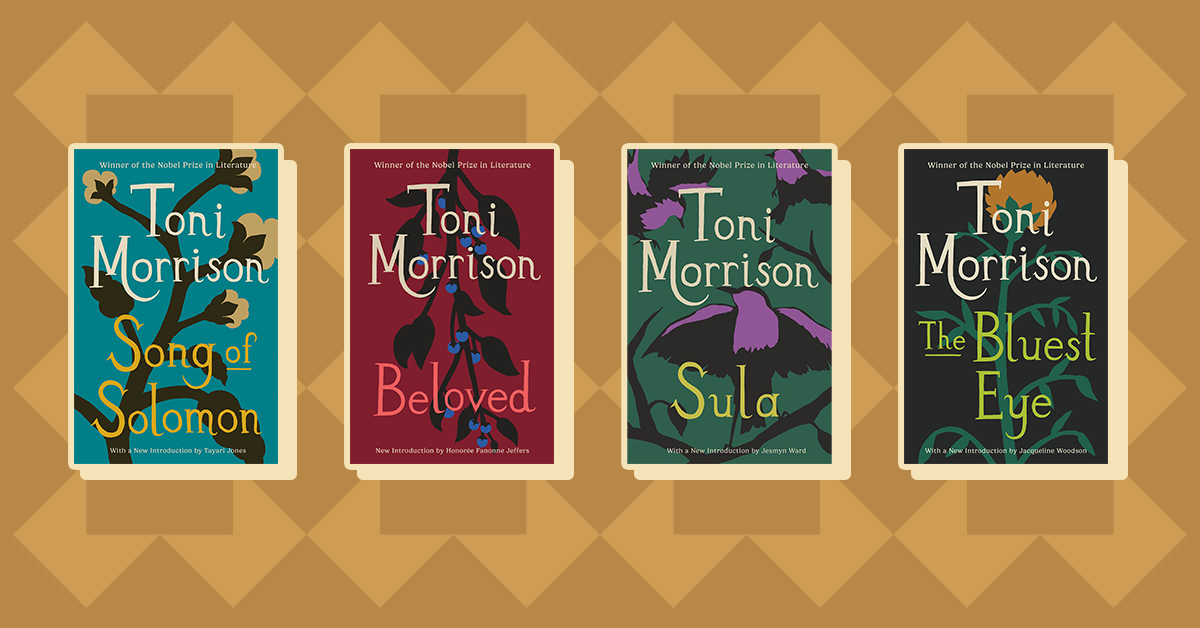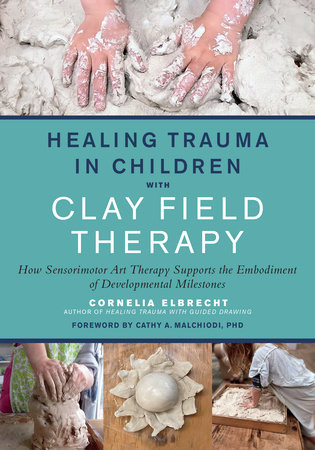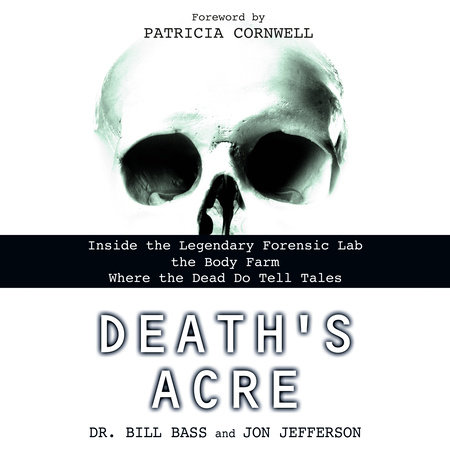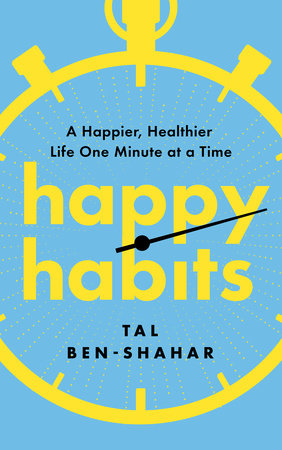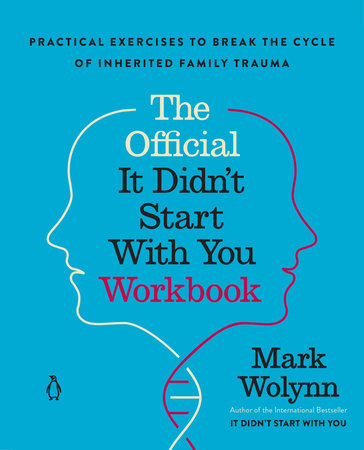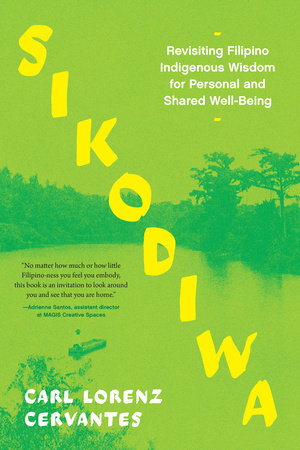“In spending a fruitful day with Heinz Deuser discussing his Clay Field approach, it was clear there was a close ‘bottom-up’ relationship between his work and my work in Somatic Experiencing. Cornelia, a student of ours, has immersed her many years of expertise in somatic-based trauma healing and teaching of Clay Field Therapy into her new book, Healing Trauma in Children with Clay Field Therapy. I recommend her book not only to child practitioners but to therapists and body-workers of all kinds.”
—Peter A. Levine, PhD, author of Waking the Tiger and In an Unspoken Voice
“Cornelia Elbrecht’s extensive experience, life’s work, research, and development of sensorimotor
art therapy have been sophistically synthesized into this significant text. Considerable insights into the critical and transformative therapeutic work with children are elevated through a carefully constructed framework against the backdrop of active engagement and profound clinical case material….The contents of this text will certainly equip and further inform practitioners at any stage in their career, including the most seasoned.”
—Ronald P.M.H. Lay, MA, AThR, ATR-BC, registered and credentialed art therapist, consultant, supervisor, and program leader of the MA in Art Therapy program at LASALLE College of the Arts, Singapore
“Elbrecht describes elegantly how interacting with a clay field can awaken our senses, particularly
our sense of touch, thus facilitating a feeling of embodiment, agency, connection, and trust, functions that are sorely lacking in the aftermath of trauma. Through this unique, bottom-up approach, we are reminded how sensory input can have a transformative effect on how we interact with ourselves and the world. Working with the clay field, among other therapies focusing on sensorimotor input, has the potential to transform our understanding and treatment of trauma-related disorders.”
—Ruth Lanius, MD, PhD, professor of psychiatry, and director of the posttraumatic stress disorder (PTSD) research unit at the University of Western Ontario
“Too often art therapy focuses on emotions and emotional expression rather than engaging sensorial impressions. The discovery of interoceptive wisdom, especially for traumatized children, is the purpose of the Clay Field…. [Elbrecht] intimately understands the haptic vocabulary of clay as a language for supporting a traumatized nervous system.”
—Michael A. Franklin, PhD, ATR-BC, professor at Naropa University, Boulder, Colorado
“Touch is an important sensory experience for children who have suffered complex trauma. For many of them, the very integrity of their bodies has been violated. It is why Cornelia Elbrecht has given us a gem of a book. It shows how playing, pushing, scraping, moulding clay can heal. It is meaning-making at its best.”
—Dr. Joe Tucci, CEO of Australian Childhood Foundation
“Elbrecht’s pioneering approach, Clay Field Therapy, adds fresh methods and insights for healing through trauma that meet the client where they are—whether needing to work at a sensorimotor level with the clay for safe contact or release, rewrite a trauma narrative using figurines with the clay, or integrate other arts therapies approaches to enhance the safety and processing of material. Elbrecht’s approach powerfully demonstrates how to help clients find their body’s innate wisdom toward healing—that unfolds within a safe therapeutic relationship and creative process.”
—Laury Rappaport, PhD, MFT, REAT, ATR-BC, author of Focusing-Oriented Art Therapy
“A must-read…. The Clay Field Therapy, described in detail, uniquely and importantly provides a nonverbal and noncognitive, haptic approach to the treatment of all trauma types, including the difficult-to-treat complex trauma of early childhood. Her work, spanning decades, shows time and again the real benefits to these children and corresponds beautifully with the neurophysiology of stress and trauma. In particular, I loved the way the work could be understood within the multiple vagal functions outlined in the polyvagal theory. This radical work has immense scope and opens the way for a deeper understanding.”
—Heidi Chapman, BSc (psych), PhD, cognitive neuroscientist
